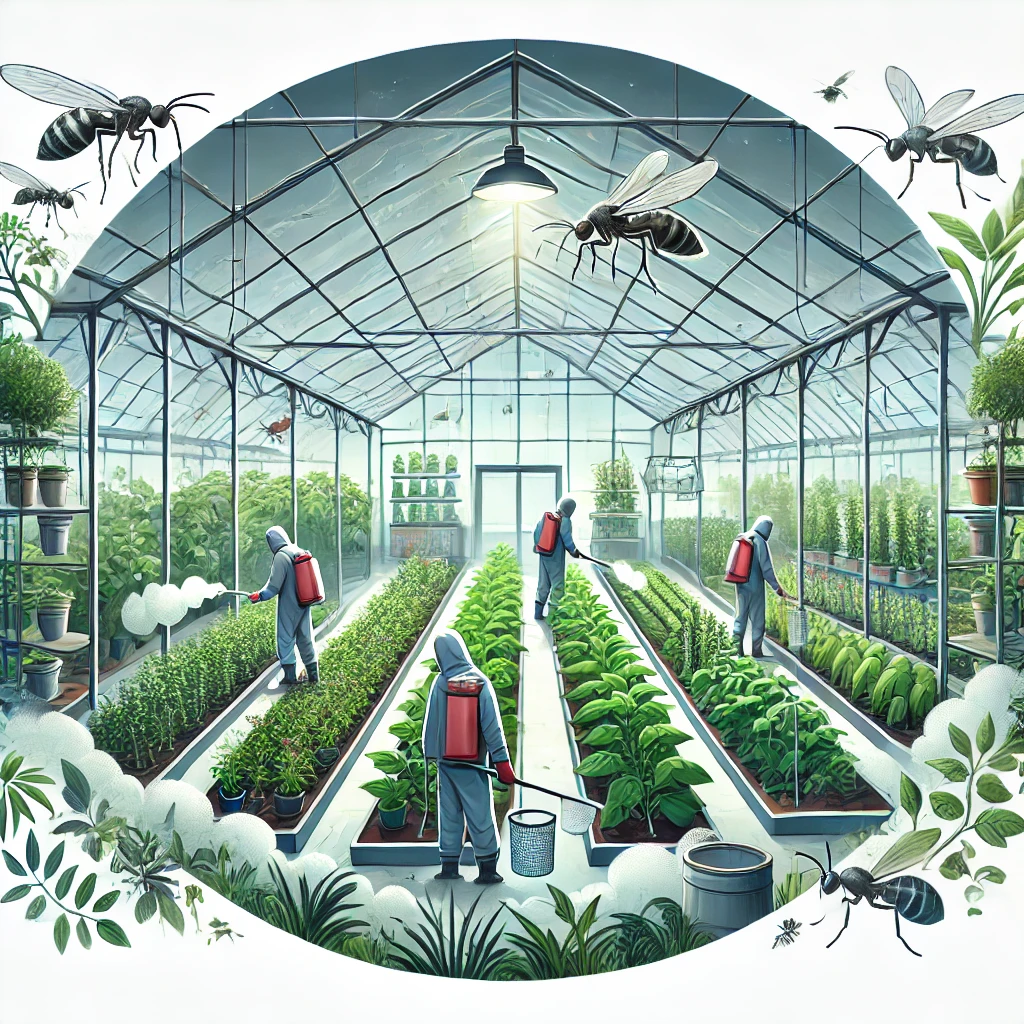
Introduction to Pest Management in Greenhouses
Fumigation in greenhouses is essential for effective pest management in controlled environments. Greenhouses provide a protected setting for cultivating a wide variety of plants, allowing precise control over environmental conditions like temperature, humidity, and light. However, these favorable conditions can also promote the proliferation of pests, including insects, mites, and fungal diseases. Therefore, effective pest management in greenhouses is crucial to maintain plant health and ensure sustainable production.
Importance of Fumigation in Greenhouses
Fumigation in greenhouses is vital because it allows for effective pest control without damaging plants or significantly altering the controlled environment. Unlike outdoor crops, where pests may be controlled by natural predators and environmental factors, greenhouses require a more proactive and planned approach. Fumigation helps quickly reduce pest populations before they cause severe damage, ensuring that plants grow healthily and that production remains uninterrupted.
Methods of Fumigation in Controlled Environments
Several fumigation methods are used in greenhouses, each with its own benefits and limitations. Gaseous fumigants, such as methyl bromide and aluminum phosphide, are widely used due to their ability to penetrate soil and plant structures, eliminating hidden pests. Another common method is steam fumigation, which uses hot steam to kill pests without the use of toxic chemicals. This method is particularly useful for controlling fungal diseases and certain insects. Additionally, targeted fumigation, using chemicals specific to particular pests, minimizes the impact on the environment and beneficial species.
Challenges of Pest Management in Greenhouses
Pest management in greenhouses presents several unique challenges. Since greenhouses are enclosed environments, there is a higher risk of pesticide and fumigant residues accumulating, which can affect both plant health and the safety of workers. Moreover, some pests may develop resistance to fumigants, requiring the rotation of products and methods to maintain pest control effectiveness. Proper management also involves constant monitoring for pests and diseases, which requires investment in time and resources to detect issues before they become unmanageable.
Sustainable Strategies for Greenhouse Fumigation
To minimize risks and maximize the effectiveness of pest management in greenhouses, it is essential to adopt sustainable strategies. The use of biopesticides, which are less toxic and more specific to certain pests, can reduce reliance on conventional chemicals. The introduction of biological control, such as releasing predatory insects or parasitoids, can also help control pest populations naturally. Additionally, integrating cultural practices like regular cleaning, crop rotation within the greenhouse, and using resistant plant varieties can further reduce pest pressures and enhance overall plant health.
